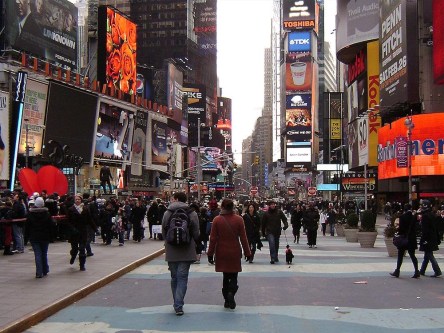As the United States shifts from its 20th century car-centric automotive industry and further into the 21st century, cities around the country are beginning to step into the trend of walkability. Large, metropolitan cities are seeing a decrease in the number of cars, which makes room for bigger sidewalks and more pedestrians. Studies show that there are a multitude of benefits that come along with increasing a city’s walkability. From bettering your personal health, to contributing to bettering the city’s economy and infrastructure, to decreasing global warming, the wide range of positives is causing the popularity of this trend to take off. Increasing Physical and Mental Health Many people in metropolitan areas live very sedentary lives. They wake up, drive to work, and sit at their desks for hours before driving home for the day. Rinse and repeat. Physical inactivity can account for up to 10% of all deaths from noncommunicable diseases. With the implementation of compact and walkable distances, people can increase the amount of activity in their daily lives, leading to overall healthier lifestyles. Research shows that walking just 30 minutes a day is linked to an 18 percent decrease in heart disease. Sedentary lifestyles are often coupled with low levels of daily interaction. If you drive straight to work alone every day, social interactions would not be necessary. Walkable streets and areas can foster interactions that would not have taken place normally, such as striking up a conversation at a community park or meeting somebody at a coffee shop along a busy street. These small social interactions can contribute to a larger sense of community, which can in turn increase the overall positive mental health for citizens. Fostering a Vibrant and Active City A bustling city filled with pedestrians means a...

